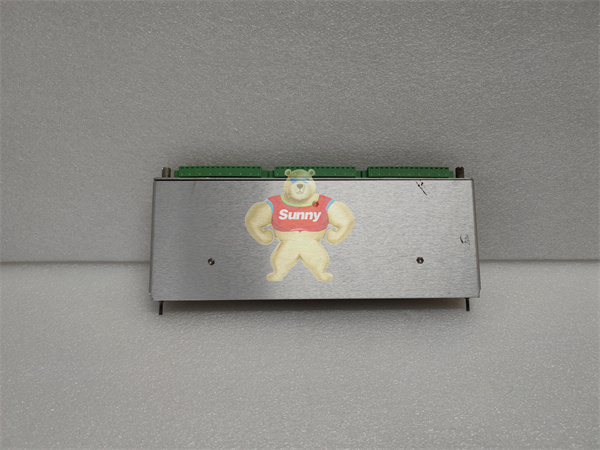“Building a modern industrial system supported by the real economy” has become one of the strategic directions for China’s high-quality economic development. As the cell of economic operation and the backbone of industrial development, how can enterprises contribute to the construction of modern industrial system? Siemens has its own answer.
Today, Dr. Xiao Song, Chairman, President and CEO of Siemens China, attended the 7th World Intelligence Congress in Tianjin and delivered a keynote speech entitled “Digitization, Low-carbon ‘Two-wheel Drive’ to help build a modern industrial system”.
With the theme of “Smart Practice, Driving the Future”, the conference brought together many political, business and academic leaders to discuss new hotspots in science and technology and new trends in industrial development, so as to further strengthen international open cooperation in science and technology.
The summary is as follows:
In 2022, a year full of uncertainties and challenges, the added value of China’s manufacturing sector still accounts for nearly 30 percent of the global total, and China’s manufacturing sector has been the world’s largest for 13 years in a row. At present, China is speeding up the building of a modern industrial system supported by the real economy. As a pillar of the real economy, advanced manufacturing is becoming smarter, greener and more integrated.

149992-01

149992-01

149992-01
Siemens believes that achieving these three key goals requires a deep integration of the digital and physical worlds. Through “digital twin” innovative technologies, the four value chains that run through manufacturing production and operations are opened up: product life cycle, factory life cycle, manufacturing systems engineering and order-to-delivery process, achieving leaps in speed, efficiency, flexibility and quality.
We firmly believe that to achieve high-quality industrial development, we need not only to improve quality and efficiency, but also to reduce carbon emissions.
Digitization is a low-carbon accelerator that can unleash the limitless potential of green development. And low carbon is the catalyst of digital technology innovation, which provides a broader application scenario.
In China, Siemens’ strategy is to contribute to the transformation and upgrading of China’s manufacturing industry and the high-quality development of the economy with the “two-wheel drive” of digitalization and low-carbon.
China’s journey from being a big manufacturer to a strong manufacturer is full of opportunities and unlimited potential. We believe that fully unlocking this potential requires a collaborative ecology, an open approach, and partners to accelerate the digital and low-carbon transformation of enterprises.
For example, last year Siemens launched Siemens Xcelerator, an open digital business platform in China that enables companies of different sizes and industries to promote digital transformation, making it easier, faster and more scalable.
In September 2021, Siemens launched the “Zero Carbon Pioneer Program” in China, committed to helping more than 500 key suppliers and tens of thousands of customers accelerate the pace of carbon reduction by 2025, jointly build green ecology, and build an end-to-end zero carbon industry chain.
 1 Year Warranty
1 Year Warranty





